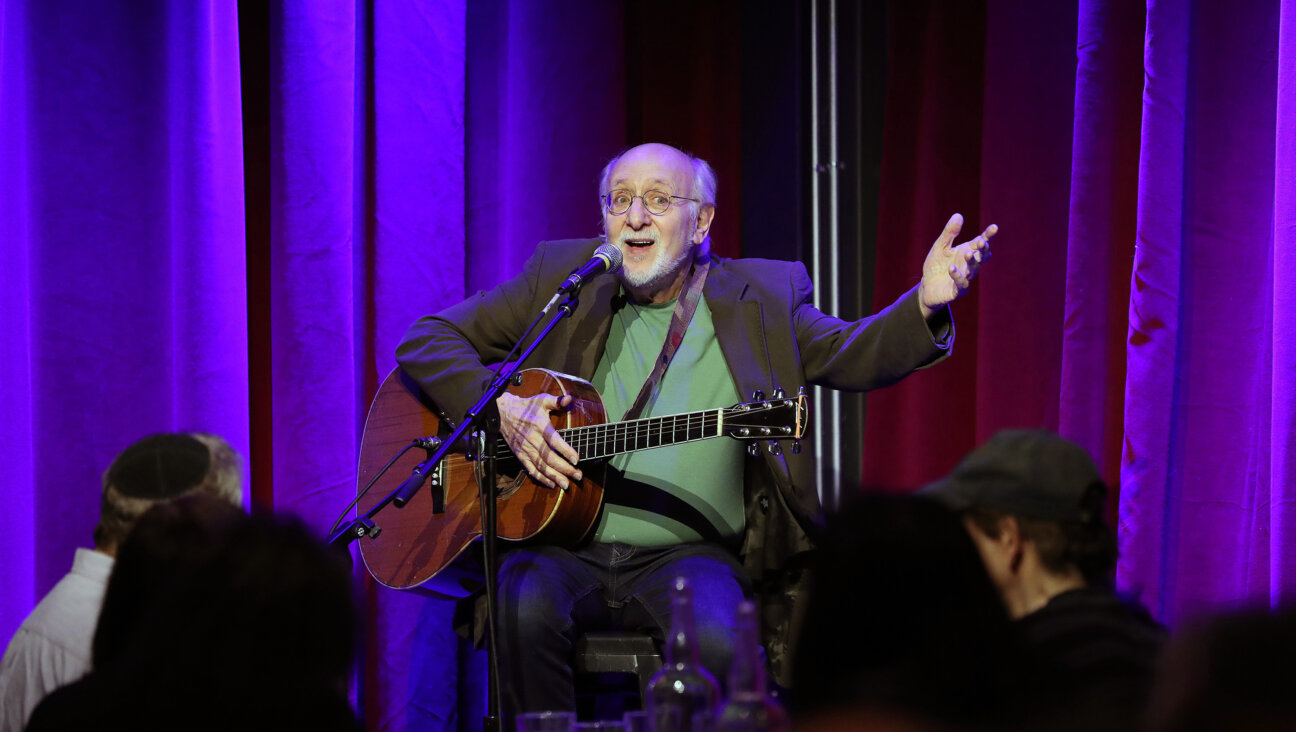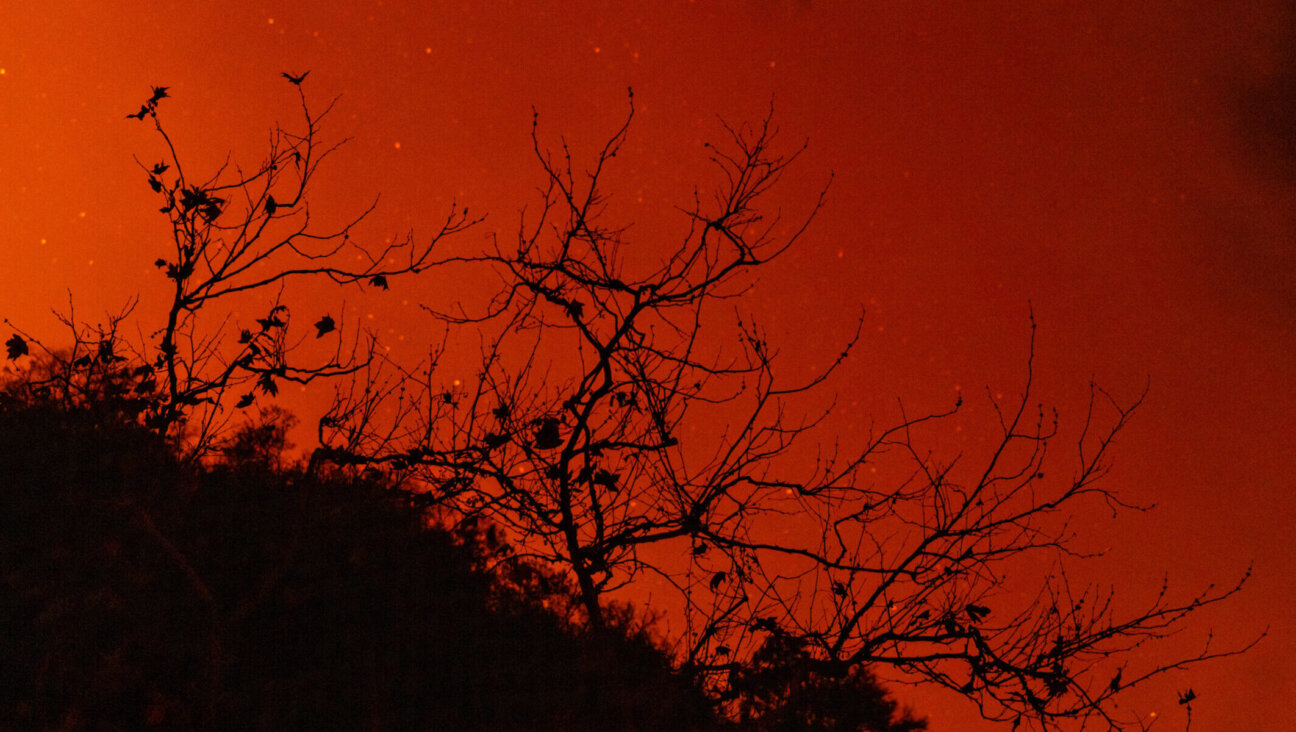Hotelier Planning Downtown Inn With Tenement Chic
Sure, it’s on Orchard Street and there will be a bowl of borscht waiting for you when you come in, but at the Blue Moon Hotel — a new boutique inn inspired by tenement life at the turn of the century — there’s also Internet access, whirlpools and a chi-chi lounge in the basement.
The hotel is the brainchild of Randy Settenbrino, a 44-year-old half-Italian, half-Jewish realtor with the dream to make a kind of tenement Disney World out of a renovated building in the heart of the New York’s Lower East Side. The Blue Moon, which will be Manhattan’s only kosher hotel when it opens in the fall, is the latest in a series of ventures to re-create Old World, late-19th century Orchard Street. Over the last two decades, the area underwent gentrification, which was started by artists but, as is common in this city, was followed closely by an influx of fancy-shmancy types. Several years ago, the city re-paved Orchard Street with original, period cobble stones in preparation for millennium celebrations. The Tenement Museum also opened up, offering tours of the neighborhood and artifacts and stories of more than a million immigrants once crammed into the one-and-a-half mile radius of the Lower East Side.
“This is really unique to New York,” Settenbrino said. “There’s the Jewish niche — [people interested in] the old Jewish ghetto…. [and] you have the hipster niche, who are interested in the jazzy element.”
Settenbrino grew up across the water in Williamsburg, Brooklyn, but even as a child he developed an inexplicable fascination with his immigrant ancestry and his ancestors’ original neighborhood. (“I asked to go to Yeshiva,” he said, adding that his secular mother obliged him, though she was slightly bewildered.) He can causally tick off facts about the neighborhood and its history. “There are still 24 synagogues on the Lower East Side,” Settenbrino said excitedly, as he brushed past a group of elderly Jews on his way to his office.
For a number of years Settenbrino owned an Italian clothing store on the Blue Moon’s ground floor. The rest of the property went up for sale three years ago, and Settenbrino decided to buy it and turn it into a hotel. When Settenbrino embarked on the project, he found treasure troves of abandoned artifacts in the tenement’s top floors, including water tanks and cast-iron beds.
“The neighborhood has a soul,” Settenbrino said. “I’m fascinated by the grit and that all these Jews were in one place.”
The Blue Moon looks almost authentic from the outside, with a minor adjustment of three additional floors jutting up from the original building. From the black-iron balconies — made from the original fire escapes — one can look out into the neighborhood’ canyon of uneven roofs, and the hallways are filled with great heaps of the original molding, most of which will be used in the new hotel. And there even will be some home cooking. Settenbrino has plans for a kosher takeout stand, where one will be able to buy “Mama Rita’s Kolichel” (beef borscht, a recipe from Settenbrino’s Jewish mother) and “Mama Caroline’s Neapolitan Meatballs” (a recipe from Settenbrino’s paternal Italian grandmother).
But not everything is the same as it was way back when.
On the walls will be photographs from the period — of which Settenbrino has an extensive collection — and the bar in the basement is being modeled in a 1920s style, with speakers playing Jazz and swing singers like Sarah Vaughn and Ella Fitzgerald. Rooms have been named after the great stars of yesteryear — customers will be able to choose from the Al Jolson Suite, the Eddie Cantor Suite, the Jimmy Durante Suite and the Molly Picon Suite — and they are spacious and luxurious. Each suite will have Internet access and a whirlpool bath. Will visitors be sleeping 11 to a bed? Settenbrino smiles: “No.”
And although the prices are not yet fixed, Settenbrino estimates that rooms will start at around $250 per night — a price that might have sent your bubbe and zayde back Beyond the Pale.
A message from our Publisher & CEO Rachel Fishman Feddersen

I hope you appreciated this article. Before you go, I’d like to ask you to please support the Forward’s award-winning, nonprofit journalism so that we can be prepared for whatever news 2025 brings.
At a time when other newsrooms are closing or cutting back, the Forward has removed its paywall and invested additional resources to report on the ground from Israel and around the U.S. on the impact of the war, rising antisemitism and polarized discourse.
Readers like you make it all possible. Support our work by becoming a Forward Member and connect with our journalism and your community.
— Rachel Fishman Feddersen, Publisher and CEO























